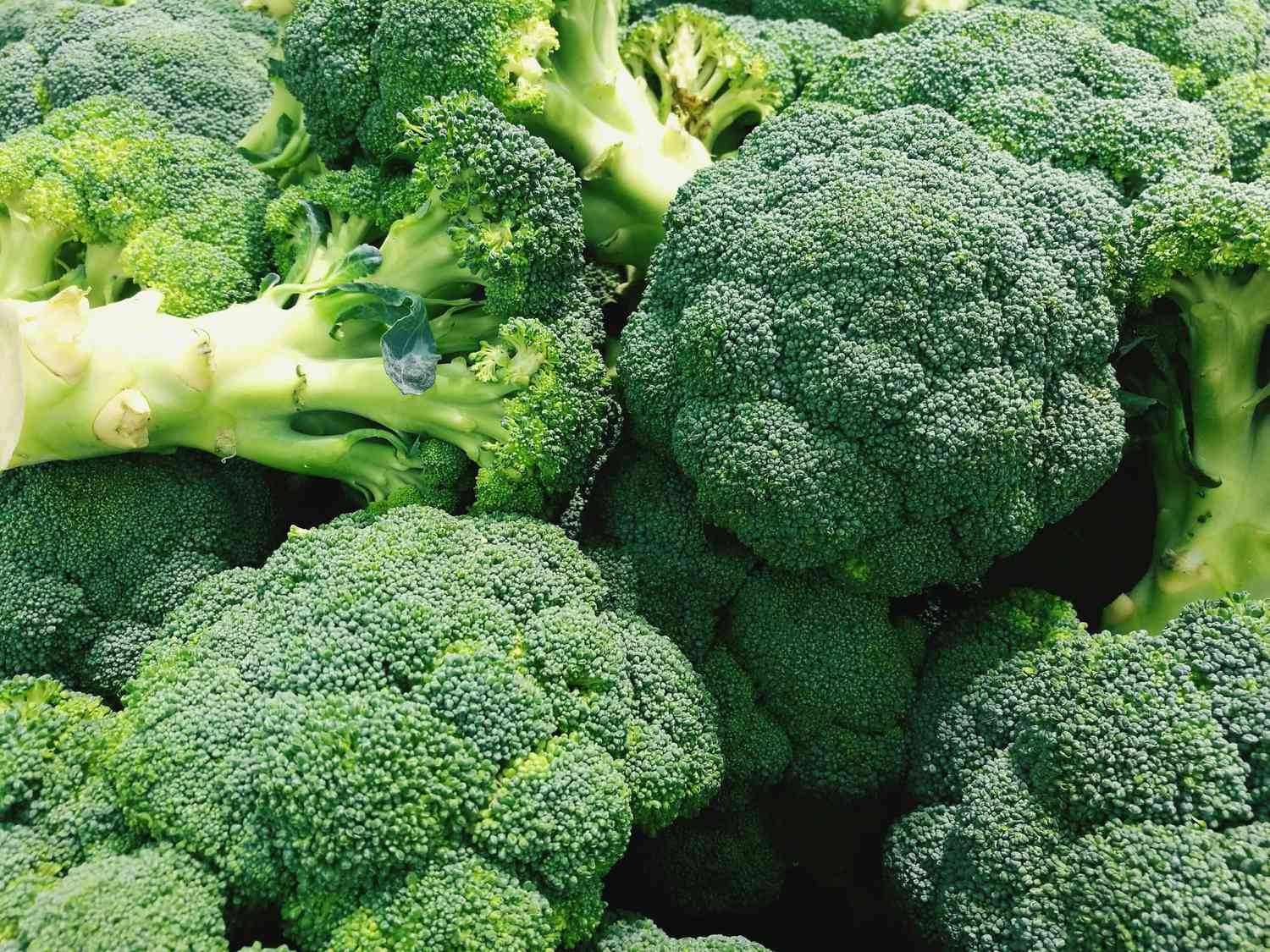

Articles
How To Store Raw Broccoli
Modified: January 5, 2024
Learn the best techniques for storing raw broccoli to keep it fresh and crisp. Discover helpful articles on proper storage methods and tips for extending its shelf life.
(Many of the links in this article redirect to a specific reviewed product. Your purchase of these products through affiliate links helps to generate commission for Storables.com, at no extra cost. Learn more)
Introduction
In recent years, there has been a growing interest in adopting a healthy and nutritious diet. One vegetable that often finds its way into these diets is raw broccoli. Packed with essential vitamins, minerals, and antioxidants, raw broccoli offers numerous health benefits.
However, to fully reap the nutritional benefits of this versatile vegetable, it is crucial to store it properly. Improper storage can lead to spoilage, loss of freshness, and a diminished nutritional content.
In this article, we will explore the importance of storing raw broccoli correctly, the factors affecting its shelf life, and the best practices for storing it. Whether you plan to refrigerate or freeze your raw broccoli, we will provide you with the necessary information to ensure its longevity and quality.
So, let’s dive in and discover the secrets to properly store your raw broccoli, helping you maintain its freshness and nutritional value for as long as possible.
Key Takeaways:
- Properly storing raw broccoli is crucial to maintain its freshness and nutritional value. Follow best practices for refrigeration or freezing to extend its shelf life and enjoy its health benefits in various dishes.
- Be mindful of signs of spoilage in raw broccoli, such as discoloration, sliminess, and foul odors. When in doubt, discard to ensure food safety and maintain a healthy diet.
Read more: How To Store Broccoli In Freezer
Importance of Properly Storing Raw Broccoli
Properly storing raw broccoli is of utmost importance to preserve its freshness, nutritional value, and taste. By following the correct storage methods, you can extend the shelf life of raw broccoli and minimize any potential waste.
Raw broccoli contains a range of essential nutrients, including vitamins C, A, and K, as well as fiber, antioxidants, and phytochemicals. These nutrients are not only beneficial for overall health but also play a vital role in supporting the immune system, promoting digestion, and reducing the risk of chronic diseases.
When exposed to unfavorable storage conditions, raw broccoli begins to deteriorate. Its attractive bright green color may fade, becoming yellow or brown. Additionally, broccoli may become limp and lose its crisp texture. The nutritional content can also decline, leading to reduced vitamin levels.
Improper storage can accelerate the degradation process caused by factors such as moisture, temperature, and exposure to air. This can result in the loss of nutrients, including the heat-sensitive vitamin C, and the development of off-flavors and odors.
By storing raw broccoli correctly, you can maintain its freshness, prolong its shelf life, and optimize its nutritional benefits. Whether you plan to use it for a quick stir-fry, a refreshing salad, or a healthy snack, properly stored raw broccoli will contribute to a delicious and nutritious meal.
Now that we understand the importance of storing raw broccoli properly, let’s delve into the factors that can affect its shelf life.
Factors Affecting Broccoli’s Shelf Life
Several factors can influence the shelf life of raw broccoli. Understanding these factors will help you take the necessary precautions to extend its freshness and maintain its quality.
1. Temperature: Broccoli is a perishable vegetable that is sensitive to temperature fluctuations. High temperatures can accelerate its deterioration, causing wilting and yellowing. On the other hand, extremely low temperatures can lead to freezing and the formation of ice crystals, which can damage the texture and quality of the vegetable.
2. Moisture: Excess moisture can promote the growth of bacteria and mold, leading to spoilage. It’s important to store raw broccoli in a dry environment to prevent the accumulation of moisture.
3. Ethylene Gas: Ethylene is a natural gas that certain fruits and vegetables release as they ripen. This gas can speed up the ripening and decay of broccoli. To avoid this, it’s best to store broccoli away from ethylene-producing fruits like apples, bananas, and tomatoes.
4. Air Exposure: When exposed to air, broccoli can lose moisture and become dehydrated, resulting in a wilted appearance. It’s important to store raw broccoli in airtight containers or bags to limit its exposure to air and maintain its crispness.
5. Handling: Rough handling can cause mechanical damage to the broccoli florets and stems, accelerating spoilage. Handle raw broccoli with care and avoid bruising or crushing the vegetable.
By considering these factors and taking the necessary precautions, you can prolong the shelf life of raw broccoli and enjoy its freshness and nutritional benefits for a longer period.
Now that we have explored the factors affecting broccoli’s shelf life, let’s move on to the best practices for storing raw broccoli.
Best Practices for Storing Raw Broccoli
To keep raw broccoli fresh and flavorful, it is essential to follow these best practices when storing it:
1. Keep it dry: Moisture is the enemy of fresh broccoli. Before storing, make sure the broccoli is dry. If it’s damp, moisture can encourage the growth of bacteria and cause spoilage. Pat the broccoli dry with a clean towel or let it air dry before storing.
2. Trim and remove leaves: Cut off any yellowed or wilted leaves from the broccoli stalks. Trimming the leaves will help the broccoli stay fresh for longer. However, it’s best to leave the stalks intact as they help retain moisture and ensure the vegetable stays crisp.
3. Airtight container or bag: Place the trimmed broccoli in an airtight container or bag. This will help prevent air exposure and keep the vegetable fresh. For optimal results, remove as much air as possible from the container or bag before sealing it.
4. Store in the refrigerator: Raw broccoli is best stored in the refrigerator to maintain its crispness. Keep it in the vegetable crisper drawer, which tends to have slightly higher humidity levels. Alternatively, you can wrap the broccoli in a damp paper towel and store it in the fridge.
5. Keep it away from ethylene-producing fruits: As mentioned earlier, ethylene gas can hasten the decay of broccoli. To prevent this, store broccoli away from ethylene-producing fruits like apples, bananas, and tomatoes.
6. Do not wash before storing: It’s best to avoid washing broccoli before storing it. Moisture can accelerate spoilage, so it’s better to wash the vegetable just before using it.
By following these best practices, you can ensure that your raw broccoli stays fresh, crunchy, and full of nutrients for an extended period. Now that you know how to store raw broccoli correctly, let’s explore two popular options: refrigerating and freezing.
Option 1: Refrigerating Raw Broccoli
Refrigerating raw broccoli is the most common method of storage, as it helps maintain its freshness and crispness. To refrigerate raw broccoli:
1. Prep the broccoli: Trim any wilted or yellowed leaves from the broccoli stalks. Rinse the broccoli under cool water to remove any dirt or debris. Pat it dry with a clean towel or let it air dry.
2. Airtight container or bag: Place the trimmed and dried broccoli in an airtight container or a resealable plastic bag. If using a plastic bag, remove any excess air before sealing it to prevent moisture accumulation.
3. Refrigerator placement: Store the container or bag of broccoli in the vegetable crisper drawer in your refrigerator. This drawer offers a slightly higher humidity level, which helps keep the broccoli crisp and fresh.
4. Temperature and humidity: Set your refrigerator temperature to around 34 to 36 degrees Fahrenheit (1 to 2 degrees Celsius) for optimal freshness. Ensure that the humidity levels in the vegetable crisper drawer are not too high, as excessive moisture can lead to spoilage.
5. Check regularly: Regularly inspect the broccoli for any signs of spoilage, such as discoloration or an unpleasant odor. Remove any deteriorated pieces to prevent the spread of spoilage to the rest of the broccoli.
When stored properly in the refrigerator, raw broccoli can maintain its quality for up to one week. However, it is always best to consume it as soon as possible to enjoy its maximum freshness and nutritional benefits.
Now that you know how to refrigerate raw broccoli, let’s explore an alternative storage method: freezing.
Store raw broccoli in the refrigerator in a perforated plastic bag to maintain humidity. It should be kept in the crisper drawer and used within 3-5 days for the best quality.
Read more: How To Store Cooked Broccoli
Option 2: Freezing Raw Broccoli
Freezing raw broccoli is an excellent method for long-term storage, allowing you to enjoy its nutritional benefits even during off-seasons. Follow these steps to freeze raw broccoli:
1. Prep the broccoli: Begin by trimming the broccoli into florets of your desired size. Remove any tough stems and leaves. Rinse the florets under cool water to remove any dirt or debris.
2. Blanching: Blanching is a crucial step in preserving the texture and color of raw broccoli before freezing. Bring a large pot of water to a boil and add the broccoli florets. Boil them for 2 to 3 minutes, then transfer them immediately to a bowl of ice water to stop the cooking process. This blanching process helps maintain the crispness and vibrant green color of the broccoli.
3. Drain and dry: Once the broccoli florets have cooled in the ice water, drain them thoroughly and pat them dry with a clean towel or paper towels. Removing excess moisture is crucial to prevent the formation of ice crystals in the freezer.
4. Freezing: Place the dried broccoli florets in a single layer on a baking sheet lined with parchment paper. Make sure the florets are not touching each other. This will prevent them from clumping together during freezing. Place the baking sheet in the freezer for about two hours or until the broccoli is frozen.
5. Transfer to freezer bags: Once the broccoli is frozen, transfer the florets into airtight freezer bags or containers. Be sure to remove any excess air from the bags before sealing them tightly. Label the bags with the date and contents for easy identification.
6. Freezer placement: Store the bags of frozen broccoli in the freezer. Keep them in a place where they won’t be crushed or exposed to fluctuations in temperature, such as the back of the freezer shelf.
Properly frozen raw broccoli can maintain its quality for up to 8 to 12 months. However, for the best flavor and texture, it is recommended to consume it within 6 to 8 months.
Now that you know how to freeze raw broccoli, let’s explore some tips to help extend the shelf life of your stored broccoli.
Tips for Extending the Shelf Life of Raw Broccoli
To maximize the shelf life of raw broccoli and ensure its freshness, consider the following tips:
1. Store in the right temperature: Keep raw broccoli refrigerated at a temperature between 34 to 36 degrees Fahrenheit (1 to 2 degrees Celsius). This cool temperature helps slow down the deteriorating process and maintains its crispness.
2. Avoid prolonged exposure to air: Oxygen can cause oxidation and speed up the spoilage of raw broccoli. Store it in airtight containers or bags to limit its exposure to air and maintain its freshness.
3. Handle with care: Rough handling can bruise the broccoli and lead to accelerated spoilage. Avoid dropping or crushing the florets while handling them to preserve their quality.
4. Check for signs of spoilage: Regularly inspect your raw broccoli for any signs of spoilage such as discoloration, sliminess, or a foul odor. If you notice any of these signs, discard those pieces to prevent the spread of spoilage.
5. Avoid washing before storage: It’s best to wash raw broccoli just before using it rather than before storing it. Washing it too early can introduce excess moisture and increase the risk of spoilage.
6. Use within the recommended time frame: While raw broccoli can be stored for a certain period, it’s always best to use it as soon as possible to enjoy its optimal freshness and taste. The longer it is stored, the more it may lose its nutritional content and quality.
By following these helpful tips, you can extend the shelf life of raw broccoli and enjoy its nutritional benefits for an extended period.
Now, let’s discuss when it’s time to discard raw broccoli to ensure food safety and maintain a healthy diet.
When to Discard Raw Broccoli
Knowing when to discard raw broccoli is essential for food safety and maintaining a healthy diet. Here are some signs to look out for:
1. Discoloration: If you notice significant discoloration in the broccoli, such as a yellow or brown color, it’s an indication that it has started to deteriorate. Discolored florets could be a sign of spoilage and should be discarded.
2. Sliminess: If the raw broccoli appears slimy or has a sticky texture, it’s a clear sign of spoilage. This sliminess indicates the growth of bacteria or mold, making it unsafe for consumption.
3. Foul odor: If you detect a strong, unpleasant odor coming from the raw broccoli, it is likely spoiled. Fresh broccoli has a mild, slightly earthy scent. A foul or pungent smell indicates spoilage and should be discarded.
4. Mold or visible signs of decay: Examining the raw broccoli closely, check for any visible signs of mold or decay. This can include fuzzy patches, soft spots, or black spots on the surface. If you observe any of these signs, discard the broccoli.
5. Excessive wilting: While some wilting of the leaves is natural over time, excessive wilting indicates that the broccoli is past its prime. If the florets are limp, withered, or have a shriveled appearance, it’s best to discard them.
6. Tastes off: Trust your taste buds. If the raw broccoli has an unusual or off taste, it’s a strong indication of spoilage. Fresh broccoli should have a mildly bitter and slightly sweet taste. If it tastes bitter, sour, or rancid, it’s best to err on the side of caution and discard it.
Remember, when in doubt, it’s always better to be safe than sorry. If you suspect that your raw broccoli may be spoiled, it’s best to discard it to avoid the risk of foodborne illnesses.
Now that you know when to discard raw broccoli, let’s conclude our discussion.
Conclusion
Properly storing raw broccoli is essential to maintain its freshness, nutritional value, and taste. By following the best practices for storage, such as refrigerating or freezing, you can extend the shelf life of raw broccoli and enjoy its benefits for longer periods.
Refrigeration is the most common method of storing raw broccoli, as it helps preserve its crispness. Trimmed and dried broccoli should be stored in airtight containers or bags in the refrigerator’s vegetable crisper drawer. By maintaining the right temperature and avoiding prolonged exposure to air, you can keep raw broccoli fresh for up to one week.
Freezing is an excellent option for long-term storage. After blanching and drying the broccoli florets, freezing them in airtight bags or containers can extend their shelf life for up to 8 to 12 months. However, for the best flavor and texture, it is recommended to consume frozen broccoli within 6 to 8 months.
To further extend the shelf life of raw broccoli, consider storing it in a dry environment, handling it with care, and checking for signs of spoilage regularly. It’s important to be aware of discoloration, sliminess, foul odors, mold, excessive wilting, and off tastes, as these are indicators that the broccoli should be discarded.
By properly storing and handling raw broccoli, you can ensure that it retains its nutritional value and stays fresh, allowing you to enjoy its health benefits in various dishes. Incorporate raw broccoli into your salads, stir-fries, or enjoy it as a crunchy snack knowing that you have stored it with care.
So, the next time you bring home fresh raw broccoli, remember these tips and practices to make the most of this nutrient-packed vegetable. Proper storage will not only help you reduce food waste but also allow you to savor the vibrant flavors and health benefits of raw broccoli.
Now go ahead, store your raw broccoli correctly, and enjoy its goodness in every bite!
Frequently Asked Questions about How To Store Raw Broccoli
Was this page helpful?
At Storables.com, we guarantee accurate and reliable information. Our content, validated by Expert Board Contributors, is crafted following stringent Editorial Policies. We're committed to providing you with well-researched, expert-backed insights for all your informational needs.
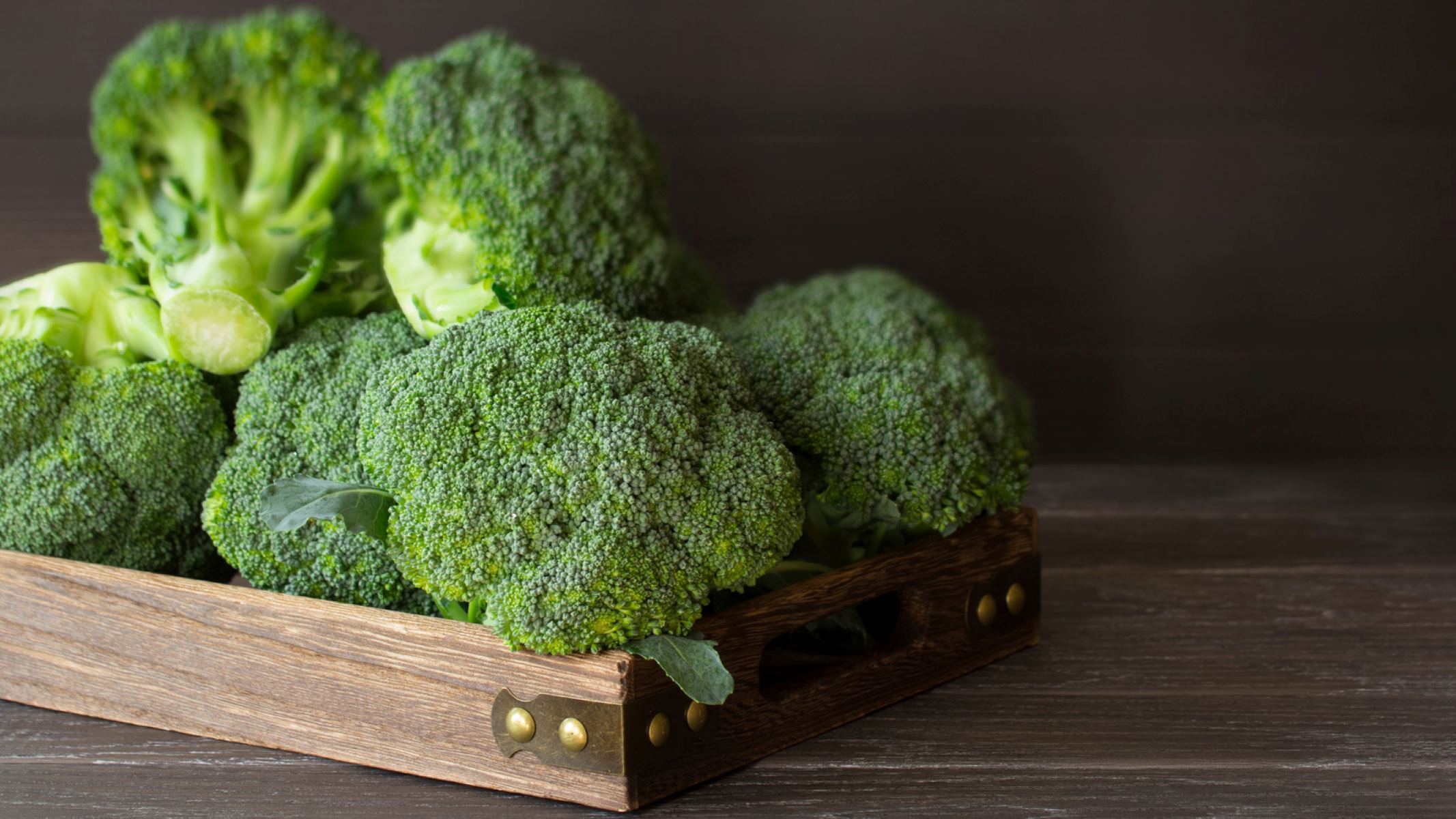
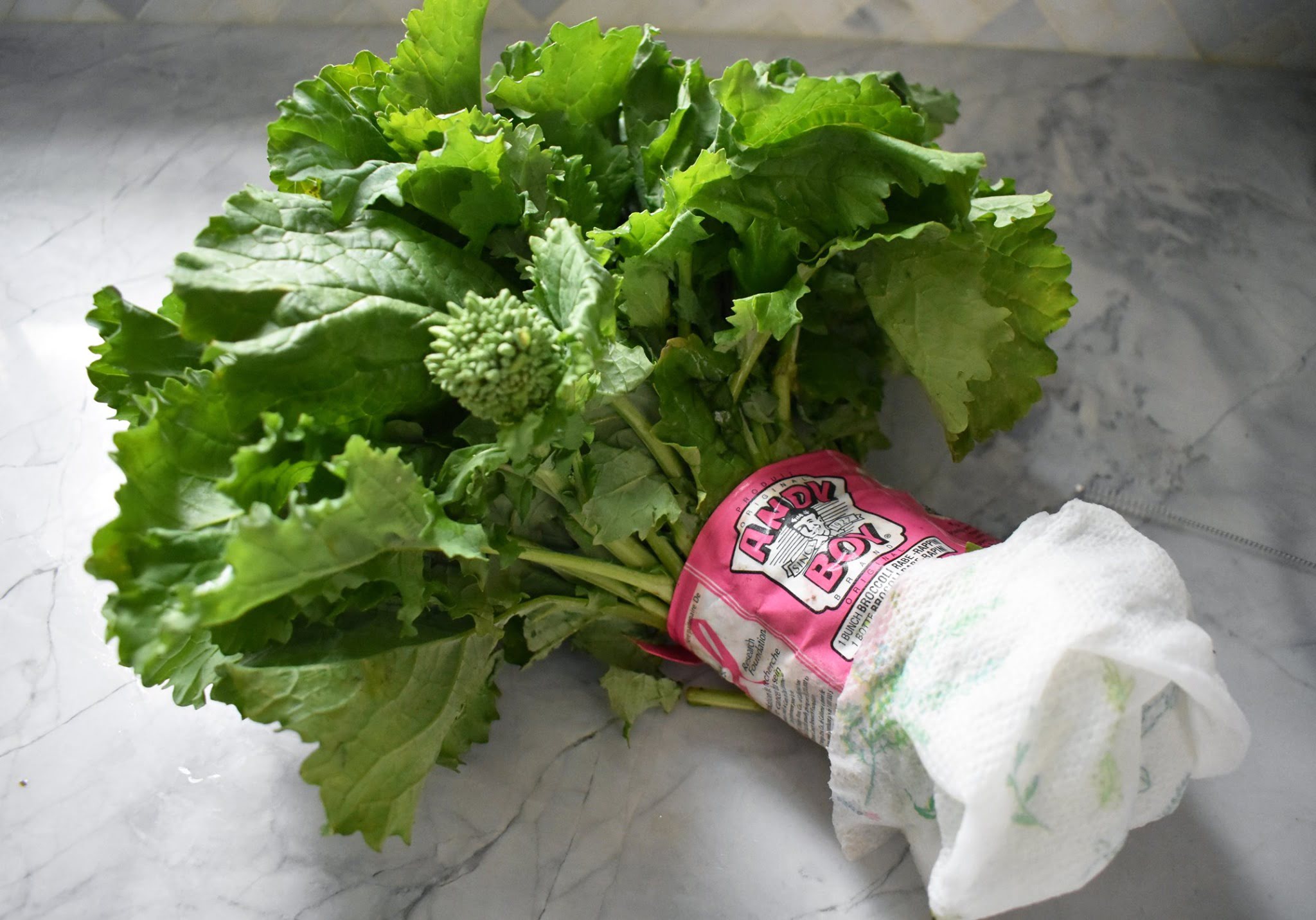
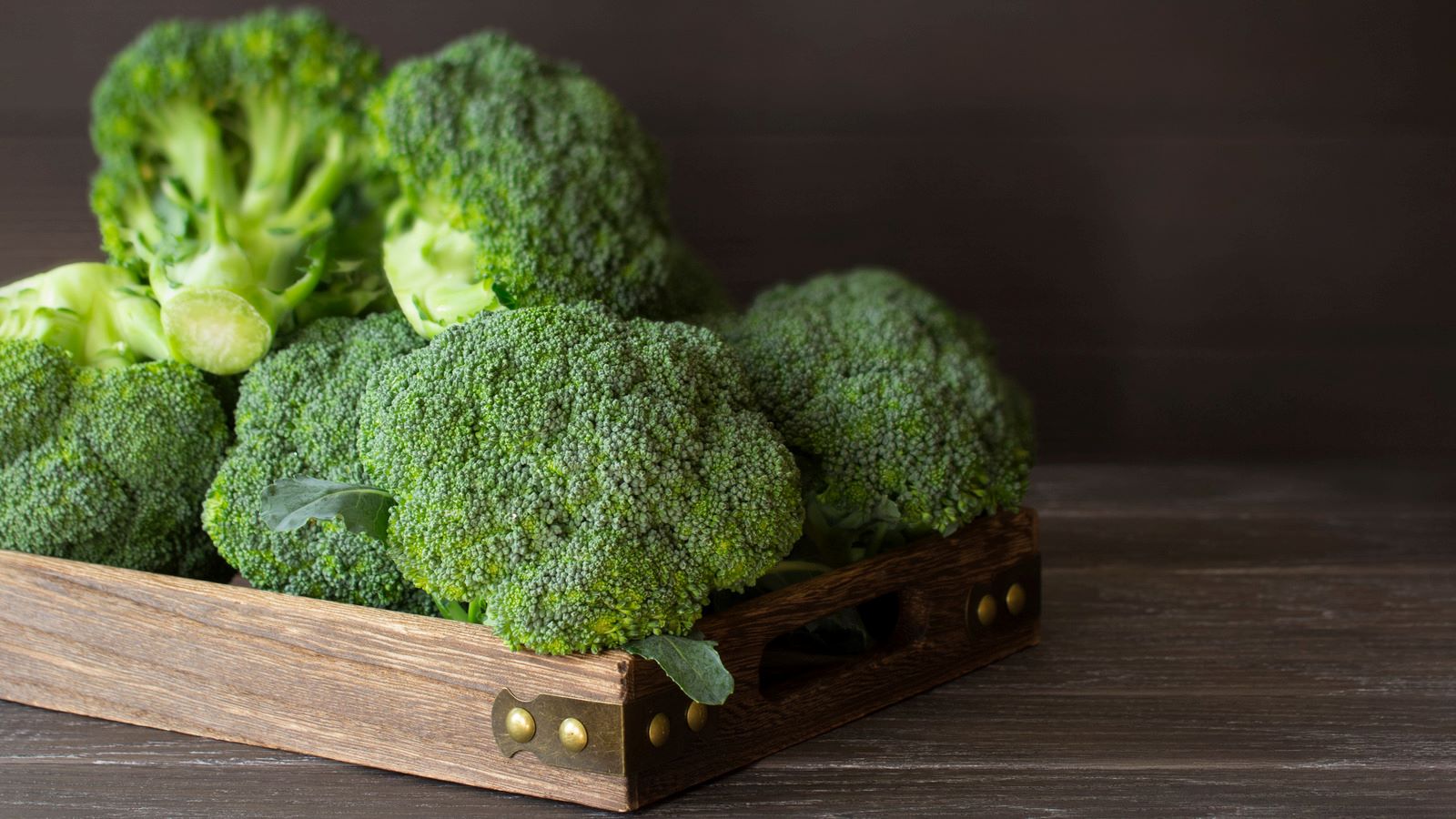
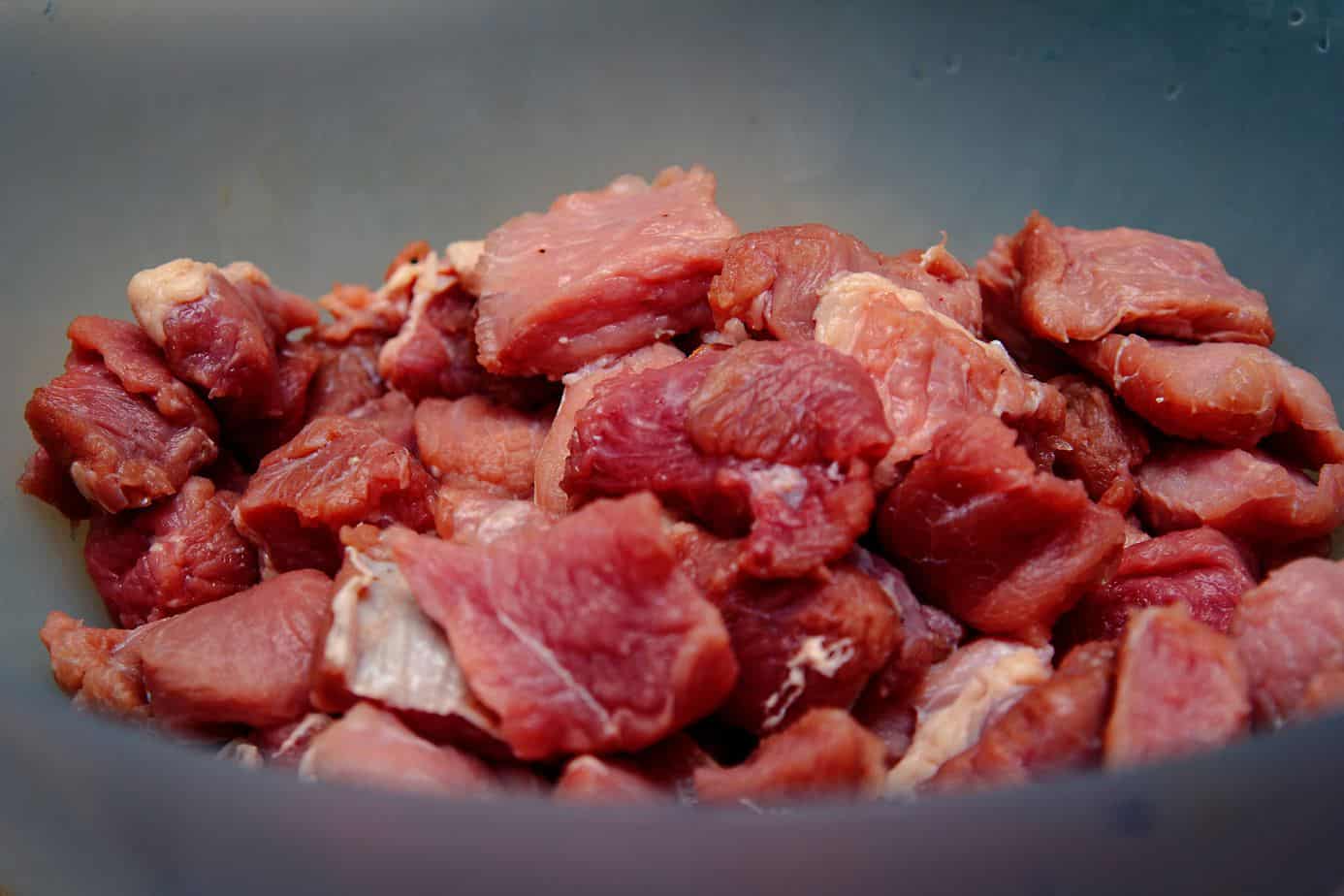

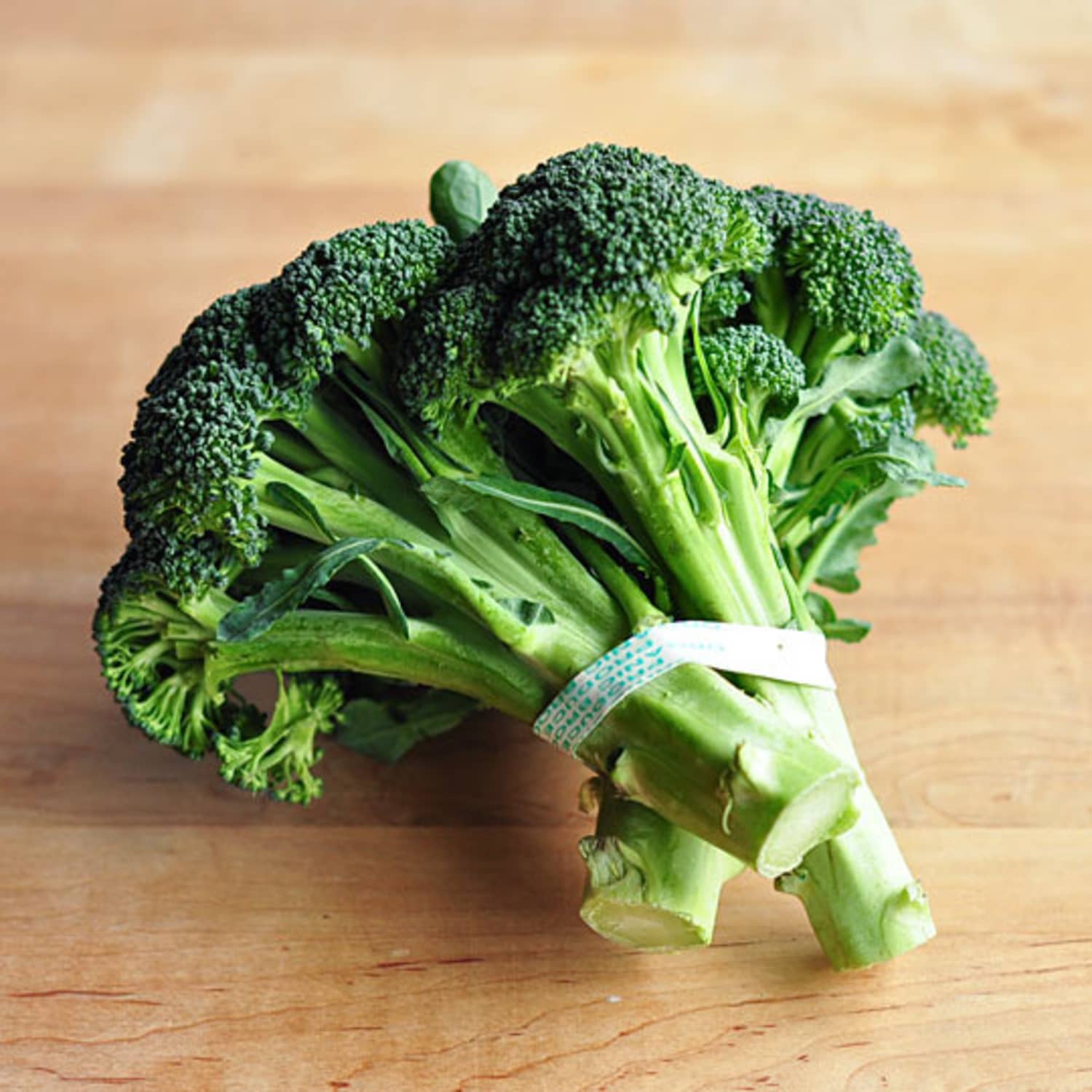
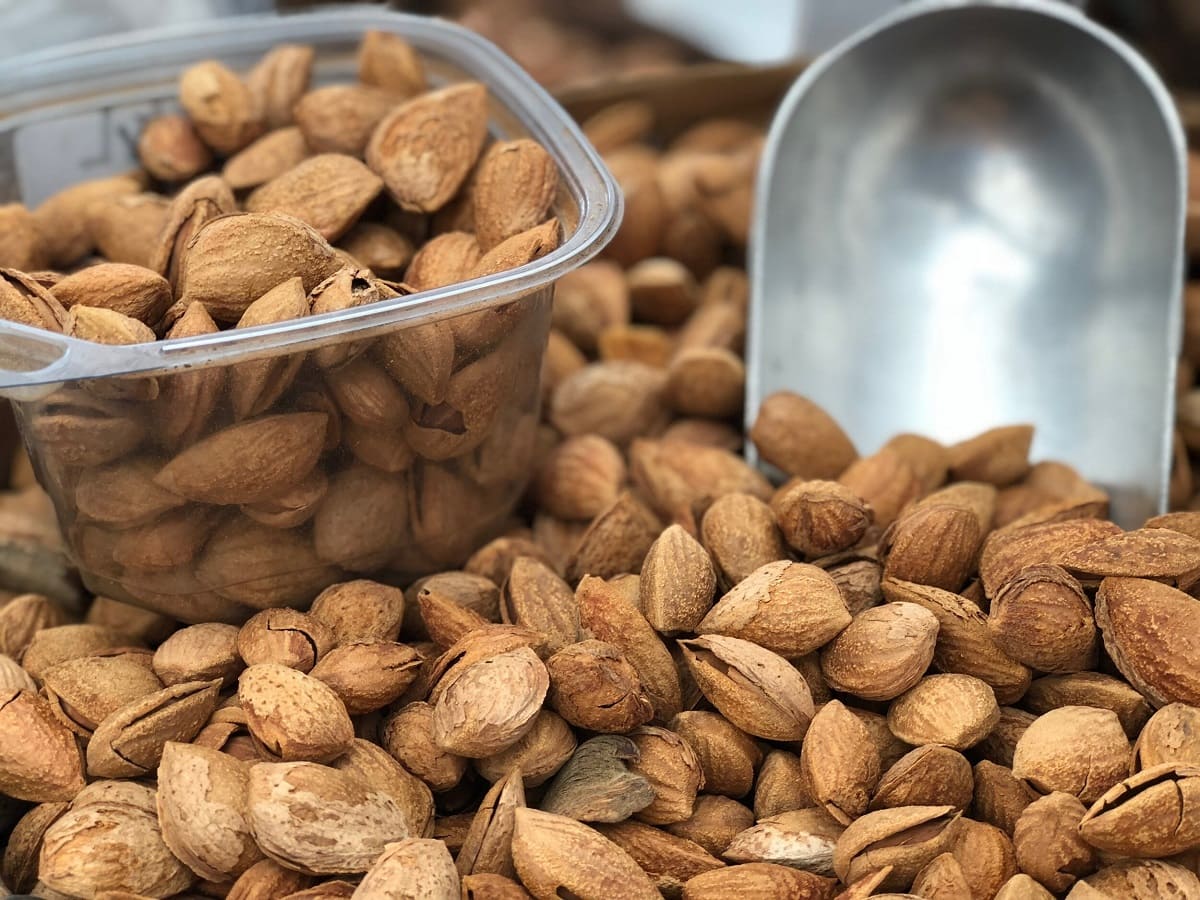
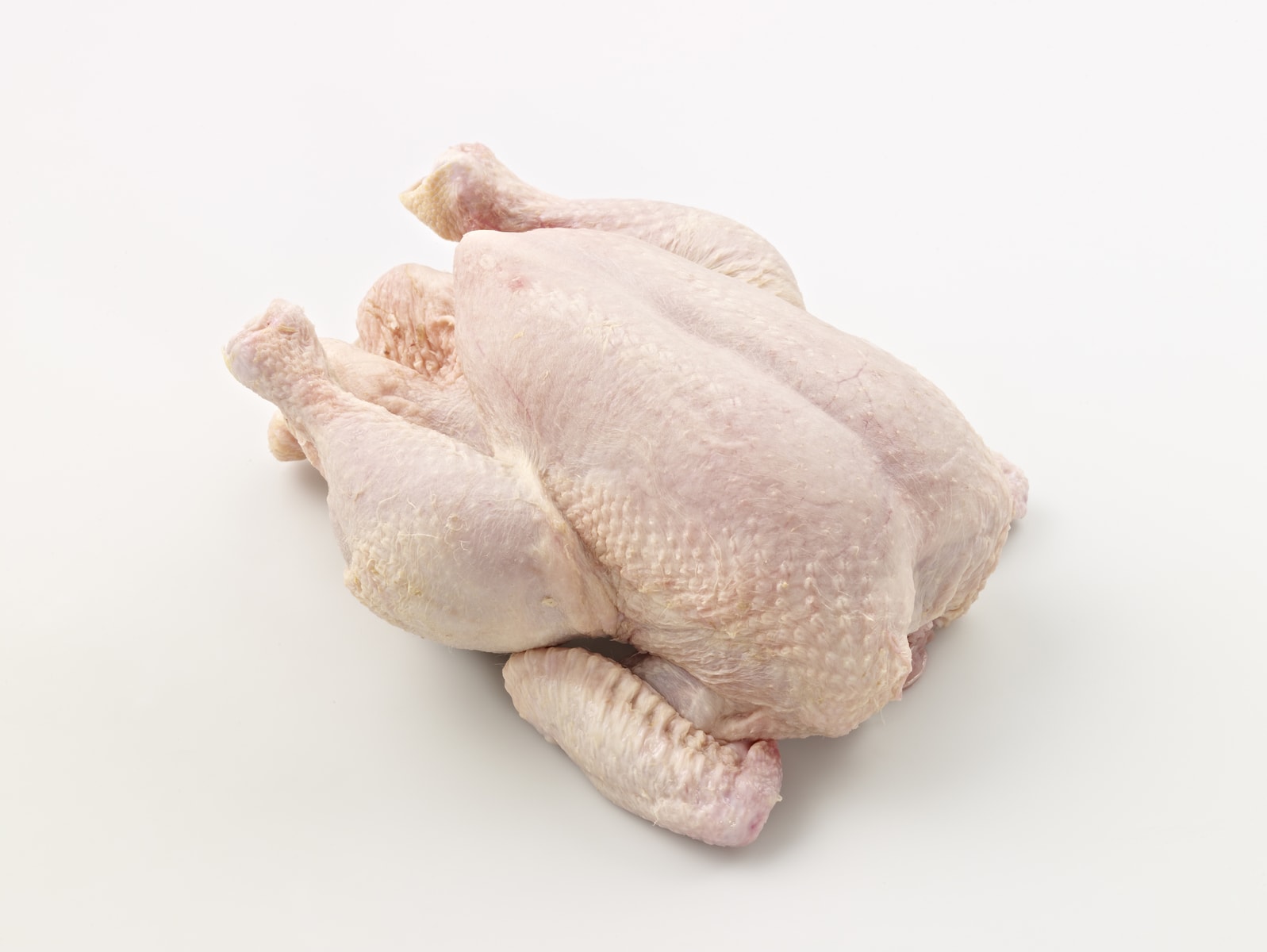
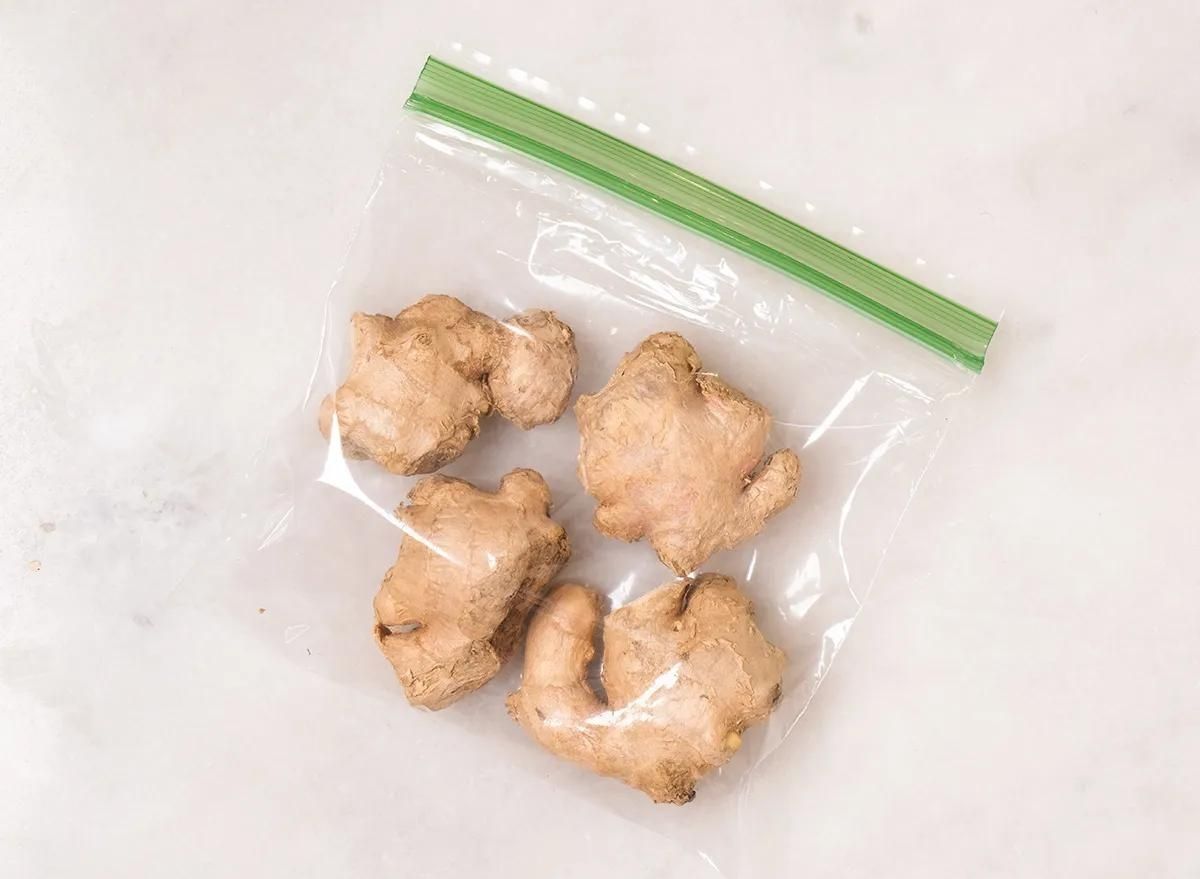
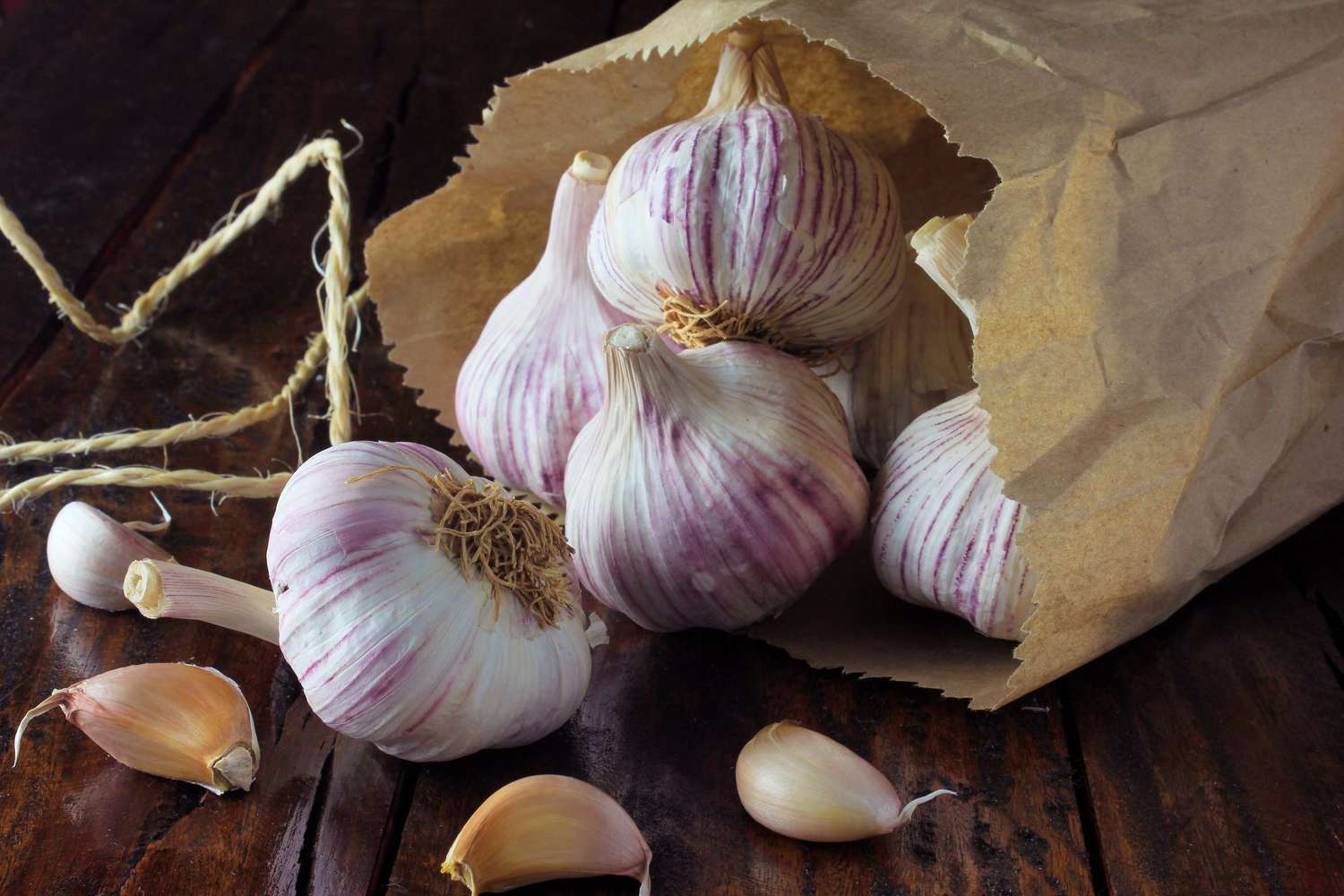



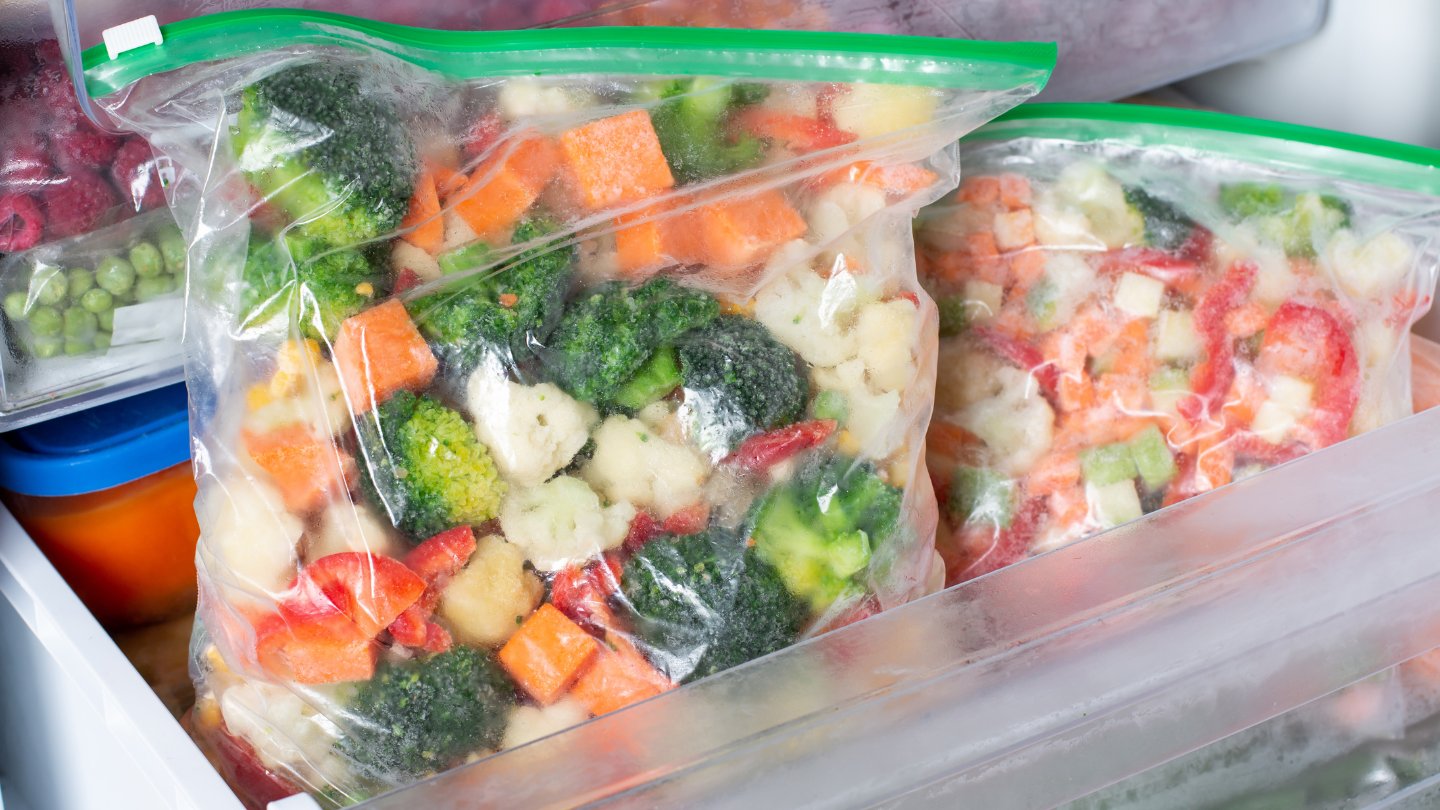

0 thoughts on “How To Store Raw Broccoli”